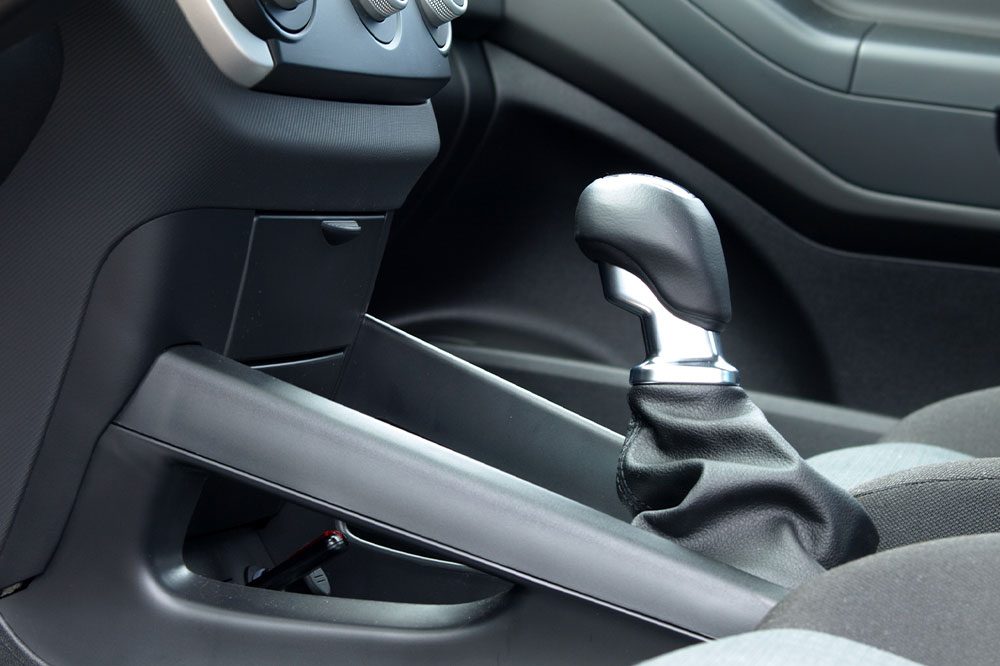Seven Typical Family Arrangements Today
Discover the seven common family structures shaping modern society. From nuclear and single-parent families to blended, extended, and chosen families, learn how diverse arrangements impact lives and relationships in today’s world. Understanding these models helps foster acceptance and adaptability in a rapidly changing social landscape.
Sponsored

Over the past fifty years, family configurations have evolved significantly. The traditional nuclear family is no longer the sole dominant model in our society. Today, diverse family forms are widely accepted, including children from mixed backgrounds and households headed by single parents. Researchers have identified seven prevalent types of family structures that reflect these changes.
Nuclear family
Also known as a conjugal family, this classic setup includes two parents (married or common-law) and their children. The children may be biological or adopted. This model emphasizes co-parenting within the same household. While the number of nuclear families has decreased, they remain common in industrialized nations, constituting about 22% of households. Factors like relationship breakdowns contribute to this decline.
Single-parent household
A single parent raising one or more children defines this structure. It might be a father, mother, or a single individual with kids. Single-parent families represent a significant societal shift, with around 25% of children born to single mothers. Although they face challenges like child care and financial strain, support from friends and relatives helps them manage household responsibilities and maintain bonds.
Blended family
Also called stepfamilies, these involve merging two separate families into one. This often occurs when individuals remarry or cohabitate with children from previous relationships. Such families have risen due to frequent divorces, with parents co-raising children or taking turns. They adapt to new family dynamics and strive for harmony.
Extended family
This structure includes multiple generations living together—parents, children, grandparents, and uncles or aunts with their children. Reasons vary—from aging grandparents moving in to recuperate from illness, to providing support after a spouse’s death. Extended families foster strong bonds and shared responsibilities.
Childfree families
These households intentionally lack children, either by choice or circumstance. Such families often enjoy better financial stability. Many women, especially athletes or career-focused individuals, opt not to have children. Sometimes, couples prefer pets over children, focusing on personal or professional priorities.
Grandparent-led families
In some cases, grandparents become primary caregivers for grandchildren due to parental absence caused by death, abandonment, or incapacity. Studies show that about 1 in 14 children are raised solely by their grandparents, who often work additional jobs to support their families.
Chosen family
A relatively new concept in developed nations, these families are formed by individuals who consider themselves family through bonds of love and commitment, despite lacking legal recognition. This includes cohabiting partners, adopted children, friends, or other non-biological relatives, emphasizing chosen connections over bloodline.
Every family type has its benefits and challenges. Those experienced in diverse family structures can better understand these nuances and adapt accordingly. Explore further to learn about other unique family models.





